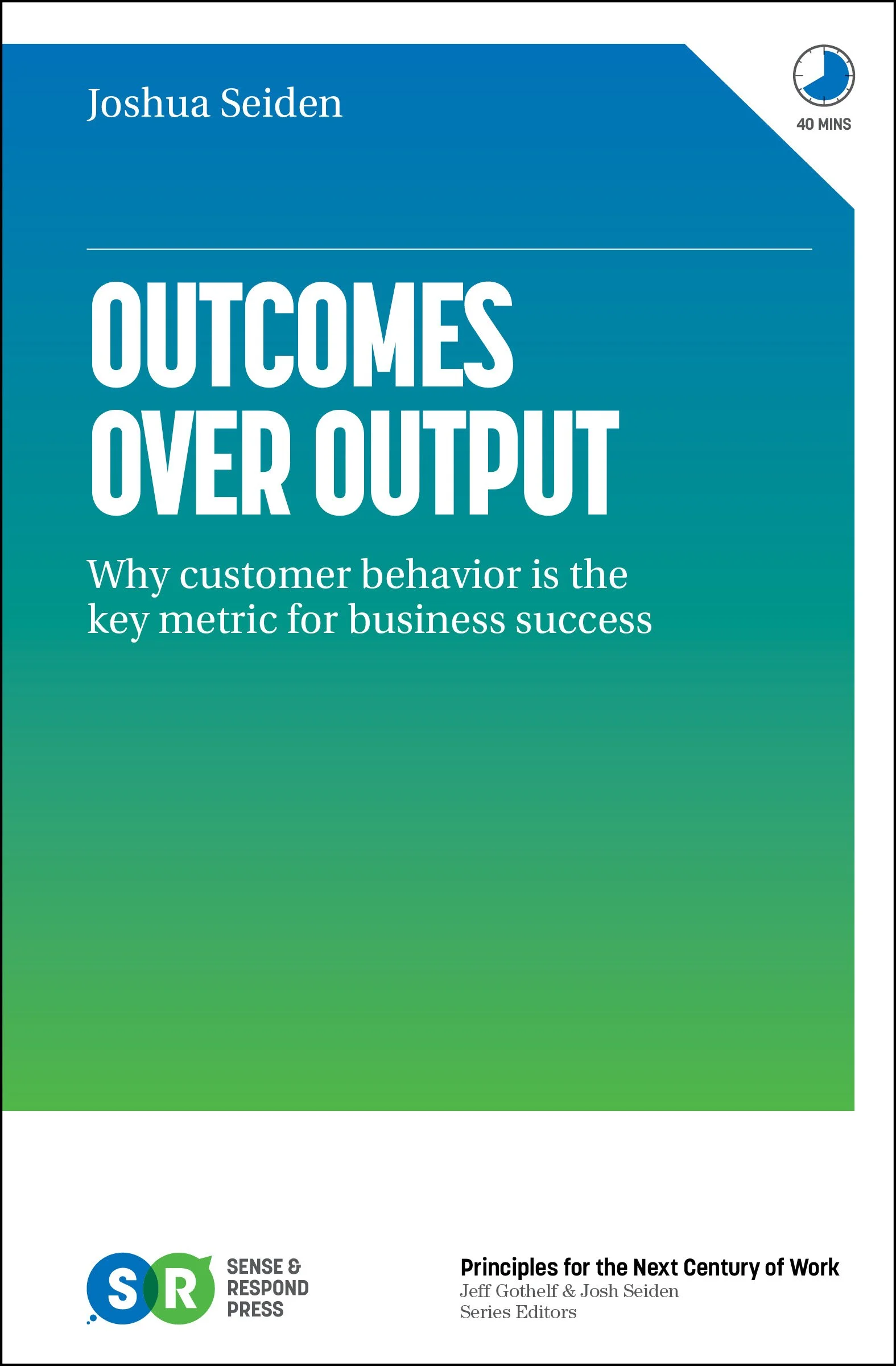I spend a lot of time coaching and training teams in agile methods, design methods, and product discovery. By the time we’ve finished a training, I’m pretty confident that folks khow how to use a certain method. But that’s not the same as knowing why to use it. In fact, the main reason that I’m effective as a coach (as opposed to as a trainer) is that I know both the what and the why.
Let me give you an example.
My daughter called me earlier tonight, in the middle of cooking dinner, to ask about making spaghetti carbonara. Never mind that she was half-way through cooking it. That’s how she is, she’ll start cooking without really having an idea of the whole process. “When the pasta is done, I’m going to make the egg mixture,” she said. “Can you remind me what goes in that?”
If you know pasta carbonara, (and you should), you know that it’s a magic dish. Cured pork (guanciale or pancetta), eggs, cheese, pepper, and pasta. When it comes together, it’s… well, I already said magic, but it’s magic.
There’s exactly one critical step in the process. After you cook the pork, after you mix the eggs and cheese together, after the pasta is done, you turn the hot pasta in the egg mixture. The heat from the pasta cooks the egg. This is the only non-negotiable part of the method. It’s the organizing why of the whole thing. Hot pasta cooks the eggs…and magic. Cold pasta leads to failure and… whatever the opposite of magic is.
So when my daughter called to tell me that she’d attend to the eggs once the pasta was cooked, you can imagine that I cringed. NO! (I didn’t shout, I just wanted to.) You have to make the egg mixture RIGHT NOW (again, I didn’t shout) so that it’s ready the moment that the pasta is done.
Nonplussed, she said, “OK,” got the information about the egg mixture that she needed from me, and hung up.
This is the difference between knowing what and knowing why. I see this so often in the teams that I teach. Teams will learn to interview customers, but they lose sight of why they’re doing it. When you do that, you’re just checking a process box. Or teams will write OKRs, but they lose sight of why they’re doing OKRs. What’s the opposite of magic? Doing OKRs without knowing why.
So what do we do about this? Well, this is why experience matters. If you’ve never used a method, and if there’s no one on your team with this experience, then you’re at risk. This is part of the value of coaching.
In coming weeks, I’ll write more about coaching. But until then, think about the places where you know the whats, and then think about the places where you know the whys. They feel different, right?
Maybe you’re wondering how that pasta my daughter was making came out? Thirty minutes after the first call, she texted me: “Came out perfectly delicious!”

